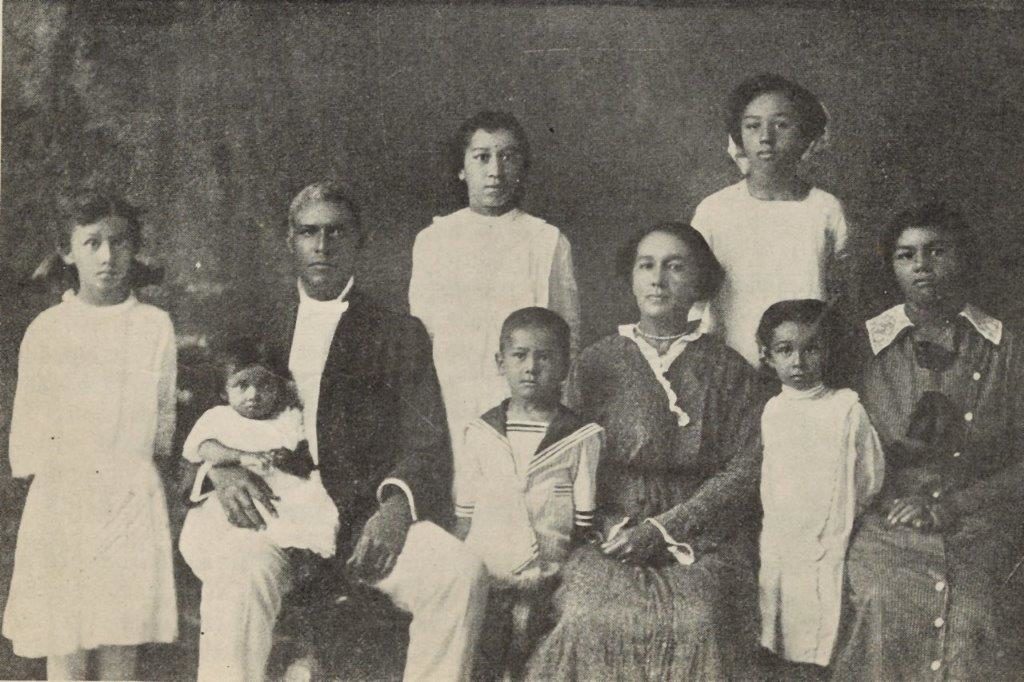By Calvin D. Blair

It is a cool Tuesday afternoon as the sun begins to set on December 1, 1909, a perfect day to celebrate a Houston tradition. Tom has on his nicest boots, cleanest pants, and best shirt since everyone he knows will be at this event. Everyone from the neighborhood is going to be there and he has no intention of being the worst dressed man in attendance. As he gets closer to Emancipation Park, he can hear the sounds of the fair getting louder and see the bright lights strung across the fairgrounds. This is one of the premier events organized and patronized by the region’s African-American population. As he approaches the ticket counter, the teller charges Tom admission and proudly welcomes him to the “De-Ro-Loc Carnival and Industrial Exposition!”
Two factors led to the formation of the De-Ro-Loc Carnival, both born as a response to discrimination suffered by African Americans at the turn of the 20th century. The first arose from a speech delivered by Booker T. Washington, a graduate of Hampton Normal and Agricultural Institute (now Hampton University), popularizing the “Hampton Idea.” Speaking to a white audience at the Cotton States and International Exposition in Atlanta, Georgia, Washington argued that African Americans would gain the greatest benefit from learning skills that could be used in agricultural and industrial jobs instead of attempting to directly challenge the political and social systems of the late 19th and 20th centuries. The speech received a standing ovation. The white audience members in attendance and the press covering the exposition hailed Washington as “King of a Captive people” and called his speech “the most remarkable address delivered by a colored man in America.”[i]While the speech was given in 1895, it dominated the way some civil rights leaders thought about furthering the cause until after the Great War; many such as W.E.B Du Bois disagreed with Washington almost immediately.

The second factor in the birth of De-Ro-Loc (colored spelled backwards) was the segregated No-Tsu-Oh (Houston backwards) carnival. For many years, local businessmen sponsored an annual carnival to highlight Houston’s status in the agricultural marketplace and celebrate the year’s harvest.[ii]As civic leaders realized they could grow this informal festival into a real tourist event, they renamed the Fruit, Flower, and Vegetable Festival, “No-Tsu-Oh.” It included a royal court presided over by King Nottoc (Cotton) as he visited Houston while away from his home of Tekram (Market) in the kingdom of Sax-Et (Texas). Organizers prohibited blacks from attending No-Tsu-Oh as the city worked to show itself off to visitors. After almost ten years of being excluded from exhibiting or taking part, a group of black businessmen and community leaders decided to host their own festival, giving birth to De-Ro-Loc.
To read the full article, click here.


 Follow
Follow